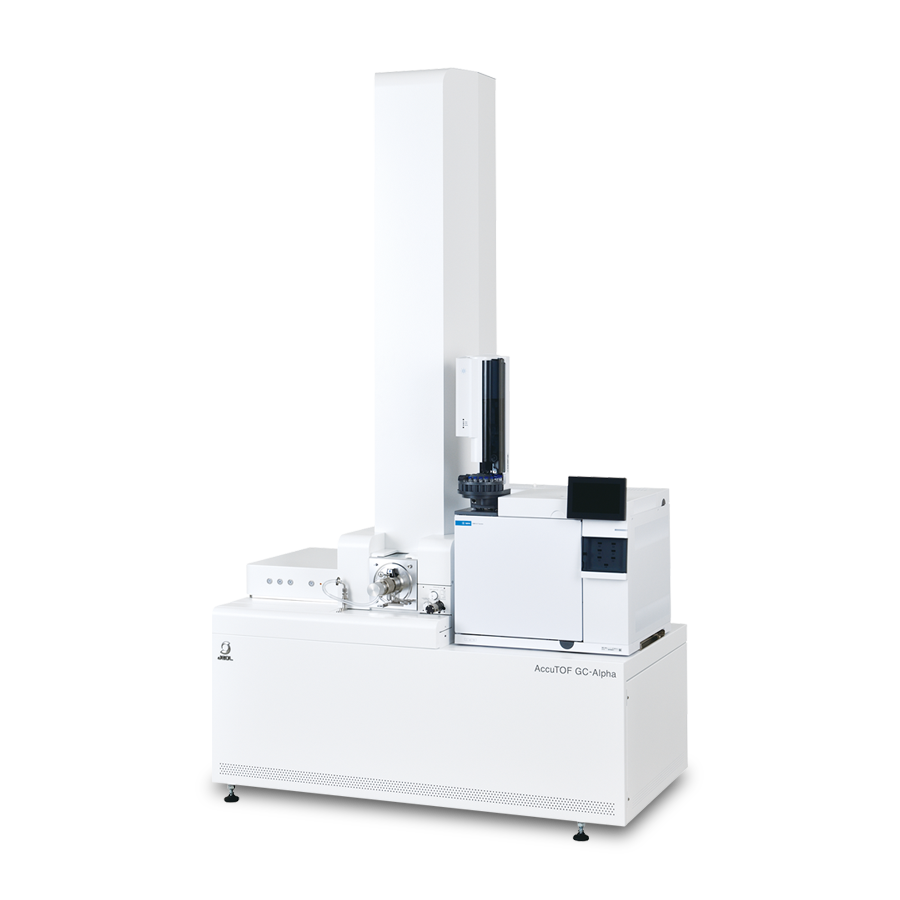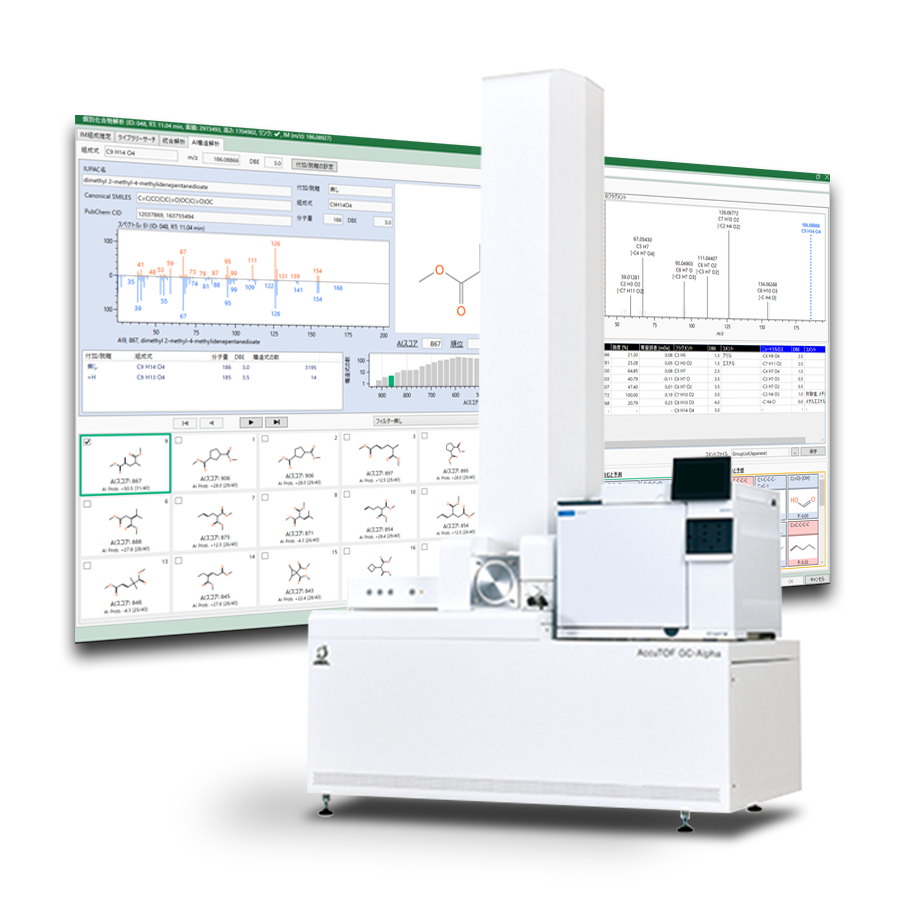Analysis of terpenes in dried wood using thermal desorption-GC-TOFMS
MSTips No. 459
Introduction
Terpenes are organic compounds consisting of isoprene units (C5). Depending on the number of isoprene units, they are called monoterpenes (C10), sesquiterpenes (C15), diterpenes (C20), etc. Derivatives with functional groups such as carbonyl and hydroxyl are called terpenoids. Some terpenoids have a carbon number that is not a multiple of 5 due to addition or elimination during the derivatization process. There are many types of these terpenes and their uses are diverse, such as raw materials for industrial products, foods, cosmetics, and pharmaceuticals, etc. Terpenes are also known as aromatic components of plants, and are particularly abundant in coniferous trees. In this MSTips, we will introduce the analysis of terpenes in cedar and cypress wood using thermal desorption (TD)-GC-TOFMS.
Experiment
Commercially available dried cedar and cypress wood were used as samples. 30 mg of each was sealed in a TD sample tube and heated at 120°C for 60 minutes to extract volatile components. Table 1 shows the measurement conditions of TD-GC-MS.
Table 1 Measurement conditions
| TD conditions | |
|---|---|
| Thermal Desorption | TD-100xr (Markes International Ltd) |
| Sample tube type | Empty |
| Tube desorption | 120°C (60 min), 20 mL/min, Splitless |
| Focusing trap type | General purpose Hydrophobic (T2) |
| Trap cooling | 0°C |
| Trap desorption | 280° (2 min), 100 mL/min, Split50:1 |
| GC conditions | |
|---|---|
| Gas Chromatograph | 8890 GC (Agilent Technologies) |
| Column | ZB-5MSi (Phenomenex) 30 m x 0.25 mm, 0.25 μm |
| Oven Temperature | 40℃(2min)-10℃/min -300℃(10min) |
| Carrier flow | He, 2.0mL/min |
| MS conditions | |
|---|---|
| Spectrometer | JMS-T2000GC (JEOL Ltd.) |
| Ion source | EI/FI combination |
| Ionization | EI (70 eV), FI |
| Ion source temperature | 250°C (EI) |
| Mass range | m/z 10-800 |
Results
Figure 1 shows TIC chromatograms of cedar and cypress wood. In cedar, similar amounts of sesquiterpenes and diterpenes were detected. In cypress, sesquiterpenes were mainly detected.
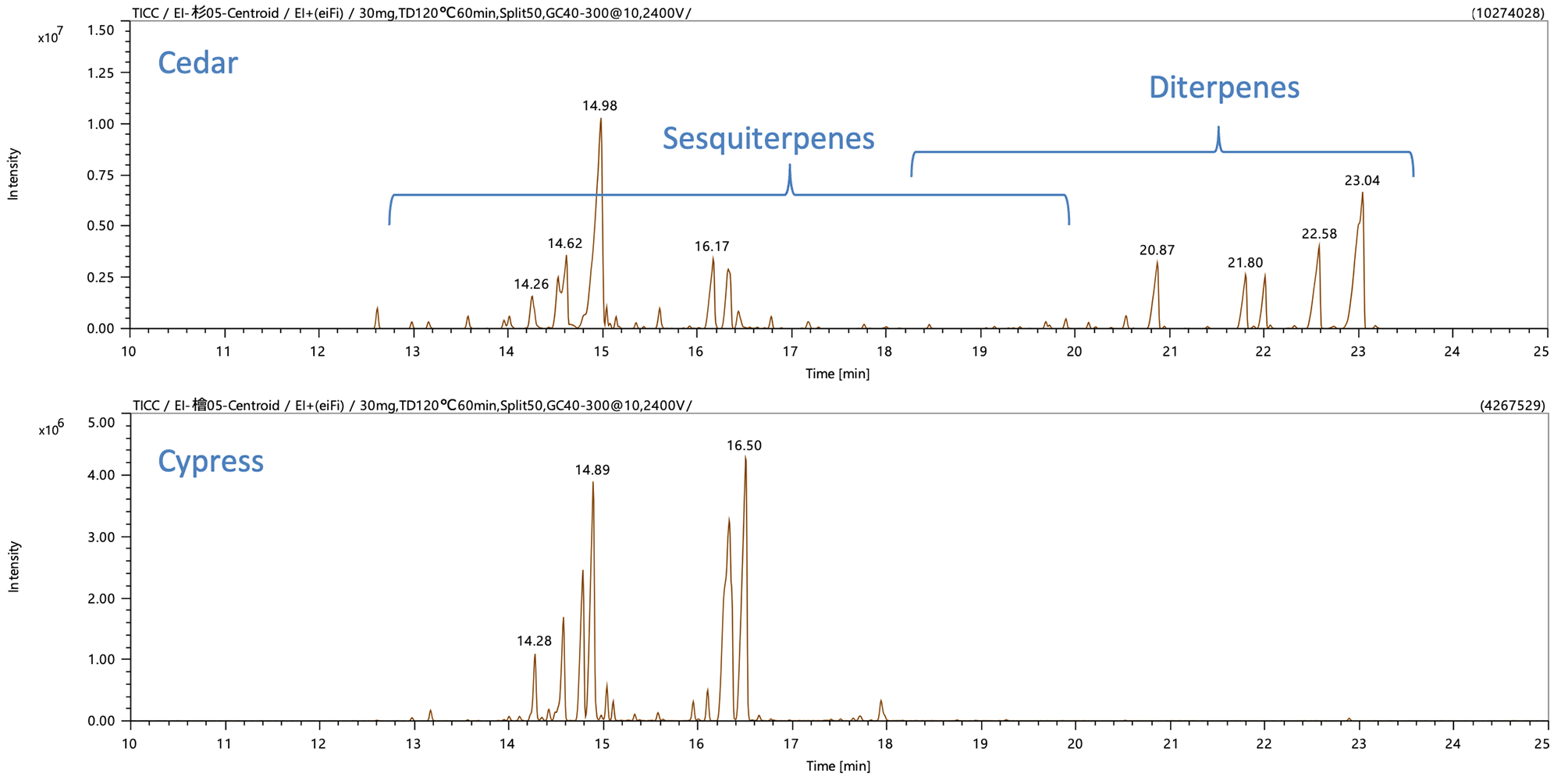
Figure 1 TIC chromatograms
Figure 2 shows the difference analysis results of msFineAnalysis AI (focused on 12:00-17:00). ID017-19 are all sesquiterpenoids with the chemical formula C15H26O. ID017 epi-Cubenol was strongly detected in cedar, ID018 τ-Muurolol was detected with the same intensity in both, and ID019 α-Cadinol was strongly detected in cypress. These components have similar structures, so their mass spectra are also similar. msFineAnalysis AI can select them correctly using the retention index (RI) analysis.
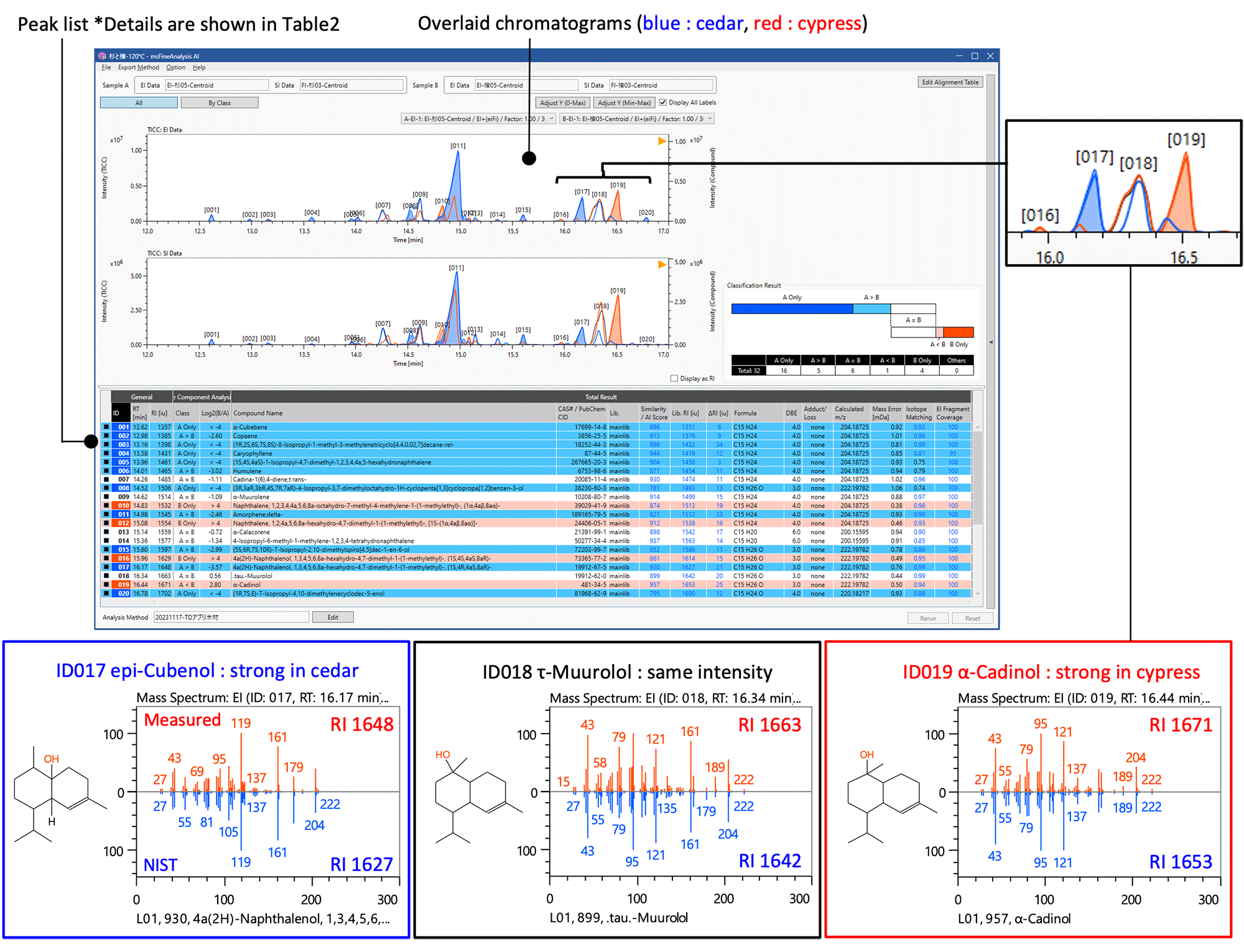
Figure 2 Difference analysis result using msFineAnalysis AI
Table 2 shows the peak list. Two (ID021, ID025) of 32 components were not registered in the NIST library, but their structural formulas could be obtained by AI structural analysis.
Table 2 Peak list of msFineAnalysis AI
(blue : Strong in Cedar, red : Strong in Cypress, White : Same intensity)
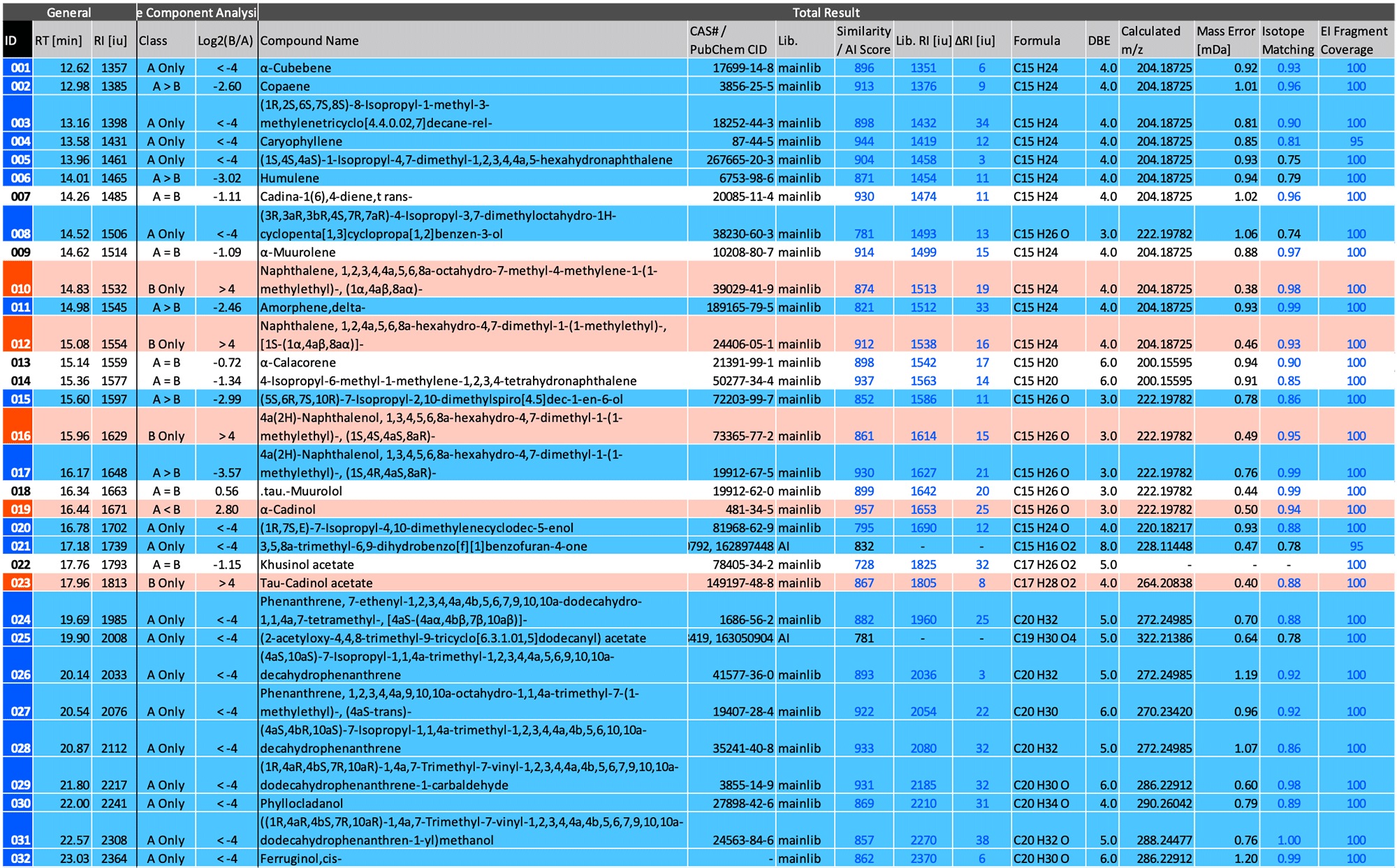
Figure 3 shows the structural analysis results of ID025. Clovanediol diacetate which is one of the terpenoids was obtained as a higher candidate (6th /643 candidates).
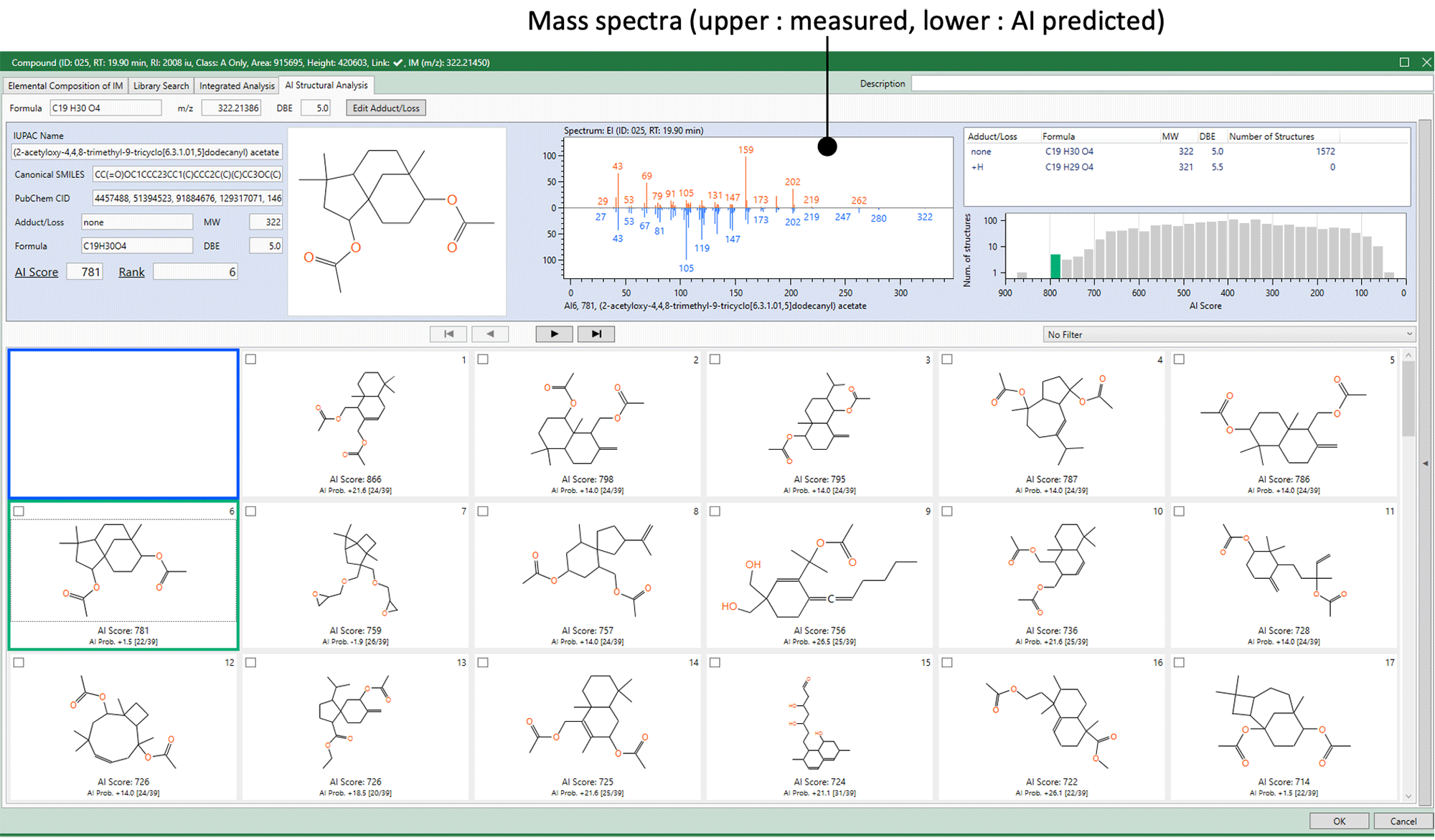
Figure 3 AI structure analysis result of peak ID025
Conclusion
Terpenes in wood were analyzed using TD-GC-TOFMS and msFineAnalysis AI. Although analysis of terpenes is complex, the good results were obtained by msFineAnalysis AI using difference analysis, retention index analysis and AI structure analysis.
Solutions by field
Related products
Are you a medical professional or personnel engaged in medical care?
No
Please be reminded that these pages are not intended to provide the general public with information about the products.

